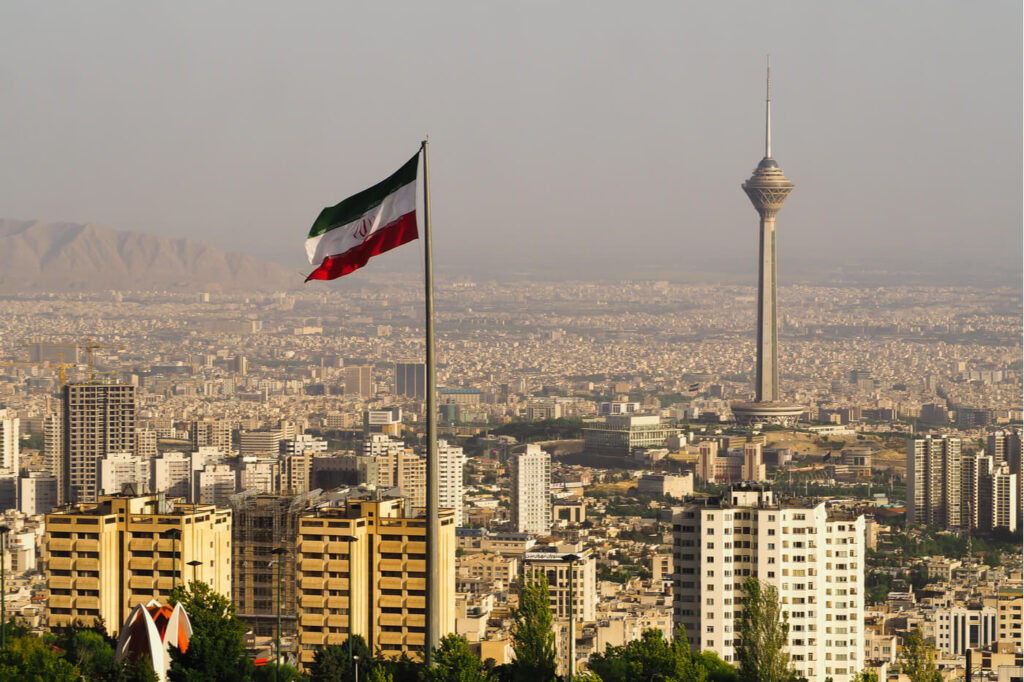After three days of denial, the Iranian authorities eventually admitted that the crash of the flight PS752 was due to a mistake from the country’s military. Their responsibility in the death of 176 people, including 82 Iranians, sparked a wave of protests in Tehran.
On January 9, 2020, Canadian Prime Minister Justin Trudeau was the first to officially claim the Ukraine International Airlines Boeing 737-800 was shot down by an anti-aircraft missile system. Reacting to the declaration, the Iranian authorities had initially ruled out that hypothesis. “One thing is for certain, this airplane was not hit by a missile,” Ali Abedzadeh, chief of the Civil Aviation Organization of Iran (CAO), said during a press conference.
But two days later, on January 11, 2020, Iran eventually admitted their responsibility. “In order to defend the country against possible attacks by the US military, the Armed Forces of the Islamic Republic of Iran were on full alert, and unfortunately, human error and shooting by mistake led to a major disaster in which dozens of innocent people lost their lives,” Hassan Rouhani, the President of the Islamic Republic of Iran, wrote in an official statement, adding “I, on behalf of the Islamic Republic of Iran, express heartfelt condolences to the families of victims of this painful disaster.” He announced that those responsible for the accident would face prosecution.
Iran’s foreign minister, Mohamad Javad Zarif, also apologized but not without putting some of the blame on the United States. He wrote on Twitter that “human error at time of crisis caused by US adventurism led to disaster.”
A sad day. Preliminary conclusions of internal investigation by Armed Forces:
Human error at time of crisis caused by US adventurism led to disaster
Our profound regrets, apologies and condolences to our people, to the families of all victims, and to other affected nations.
— Javad Zarif (@JZarif) January 11, 2020
The flight crew of PS752 was killed instantly when the missile exploded near the cockpit, penetrating the aircraft with shrapnel, Oleksiy Danilov, the Head of the National Security and Defense Council of Ukraine told CBC. Pictures shared by Ukrainian President Volodymyr Zelensky on Facebook, showing scorched pieces of the cockpit, pierced with distinctive holes, seem to confirm that theory.
Unlike what was initially claimed, it appeared that the flight stayed on course, and was not flying towards the missile base of the Iranian Revolutionary Guards in Malard. The operator, stationed in Bid Kaneh, allegedly mistook the commercial flight for a cruise missile, after several alerts were triggered throughout the night. “That’s where the operator made a mistake,” claimed Amir-Ali Hajizadeh, commander of the Aerospace Force of the Islamic Revolutionary Guard Corps. “His communications were apparently disrupted. He failed to contact [his superiors]. He had ten seconds to decide.” While Hajizadeh said he would take full responsibility for the accident, that narrative would only incriminate the soldier that took the shot. It is unlikely that the claim can be verified independently.
The admission of the Iranian authorities sparked a wave of contestation across the country. Spontaneous protests emerged in the capital city Tehran on January 11, 2020, and lasted throughout the weekend. During a police operation to repress the protests, the British ambassador was briefly arrested, causing yet another diplomatic row.
Flight data recorders to be sent to Ukraine
Shortly after the flight recorders were recovered from the crash site by the Iranian search and rescue services, the authorities had announced they would not hand them to the United States. Both flight recorders were damaged by the crash and the ensuing fire, according to the Civil Aviation Organization of Iran (CAO), which said that the memory should be accessible nonetheless.
The CAO intended to download the data of the voice and flight recorders independently. However, its request to receive the necessary technologies and technical assistance from foreign investigators was denied.
Hassan Rezaeifar, the head of the Iranian investigation team, eventually told the news agency IRNA that the black boxes would be sent to Ukraine and that the data would be extracted with the assistance of specialists from the French Bureau of Enquiry and Analysis for Civil Aviation Safety (BEA). While the investigation is currently under Iranian leadership, France submitted a formal procedure to open an international investigation through the International Civil Aviation Organization (ICAO).
Iran also answered to the allegations of a cover-up. Pictures of a bulldozer displacing a wing section, as well as reports from western journalists that the crash site was picked cleaned, have surfaced in the days following the accident. “Officials were even accused of lying and a cover-up but, in all honesty, that was not the case,” government spokesman Ali Rabiei said on state television.

